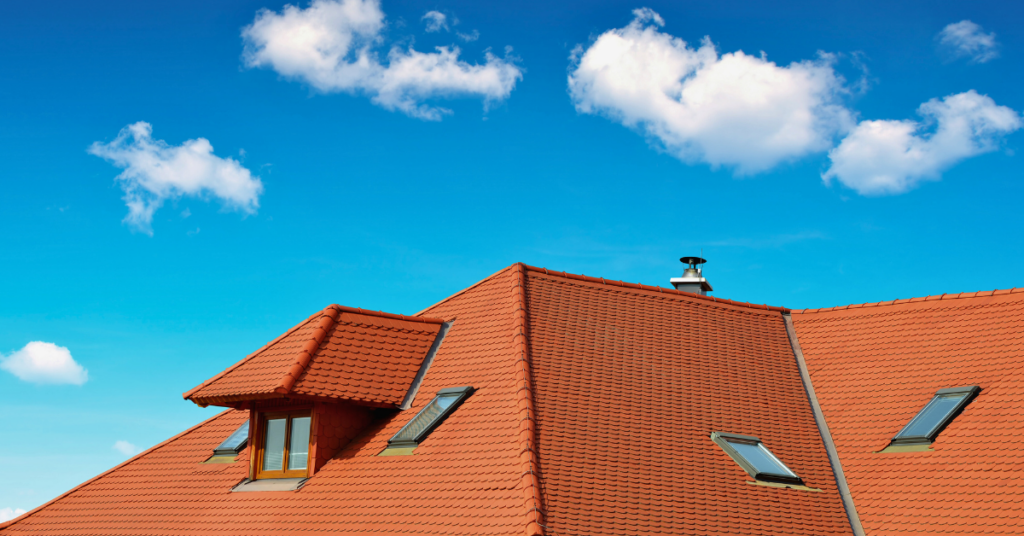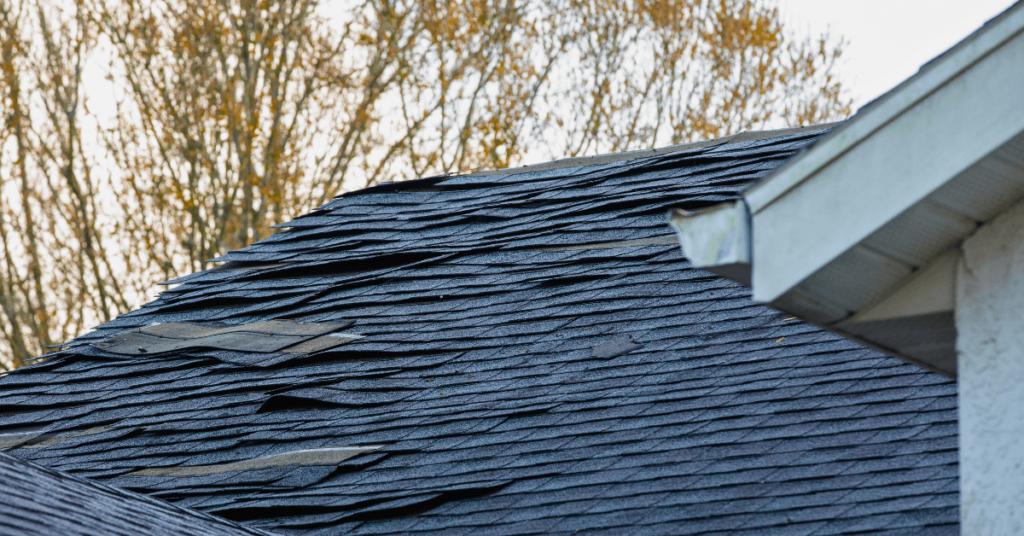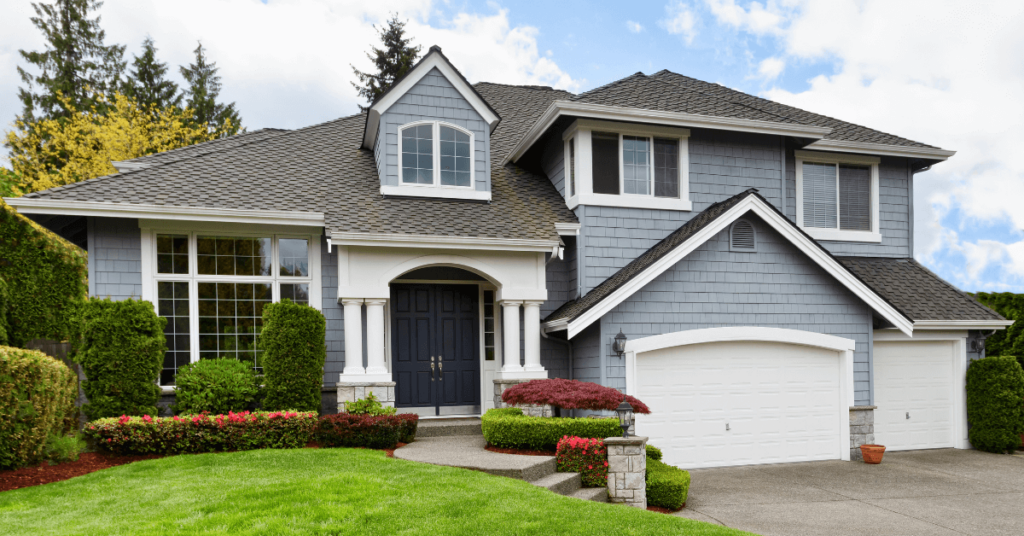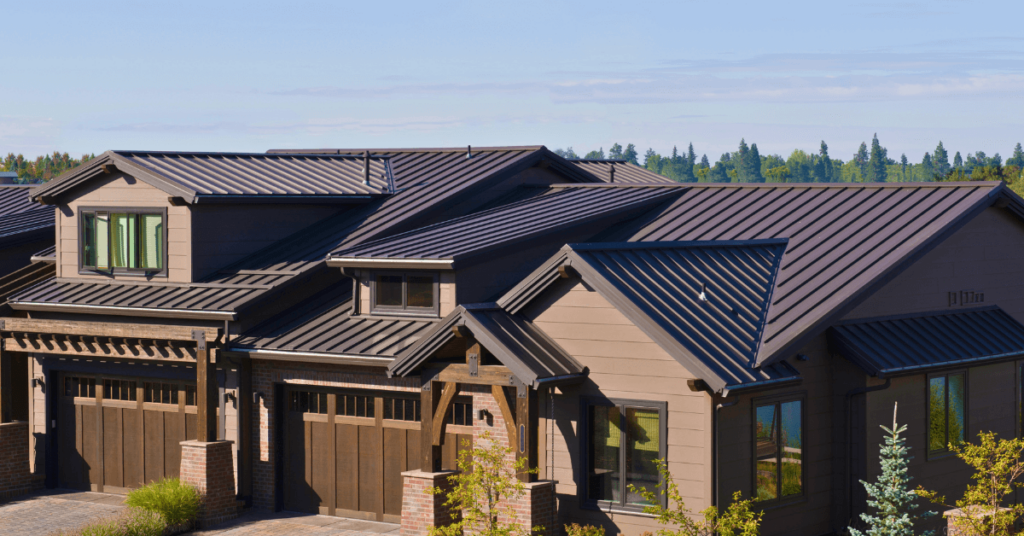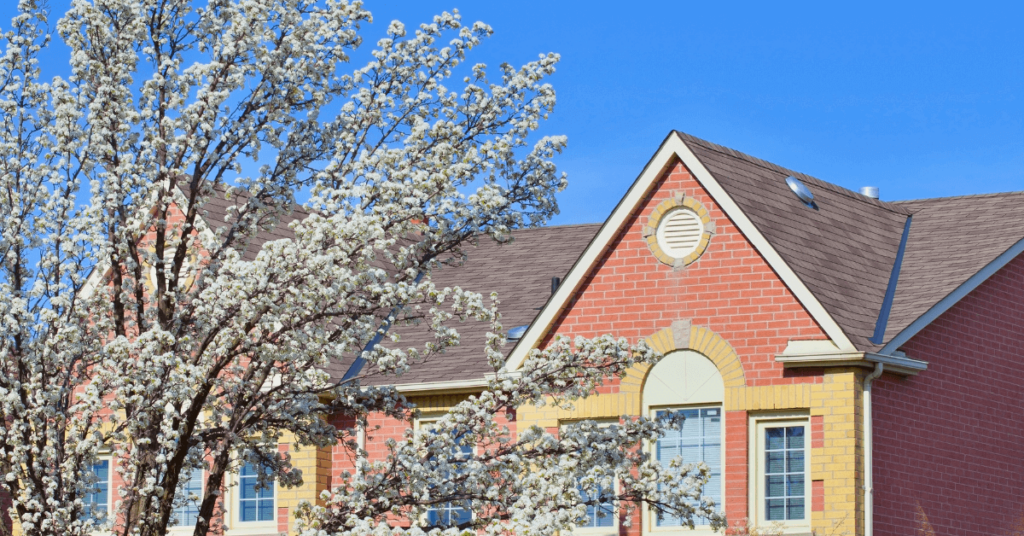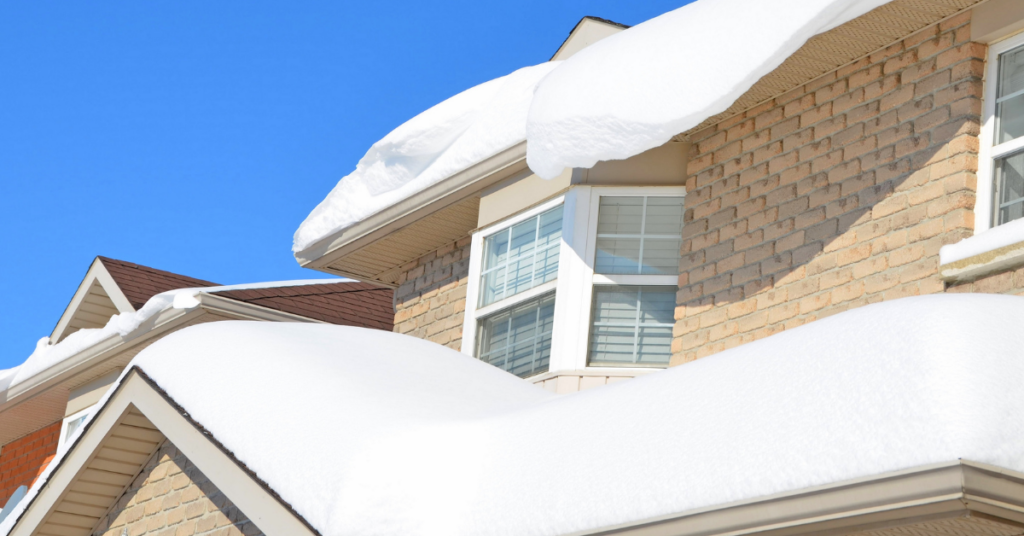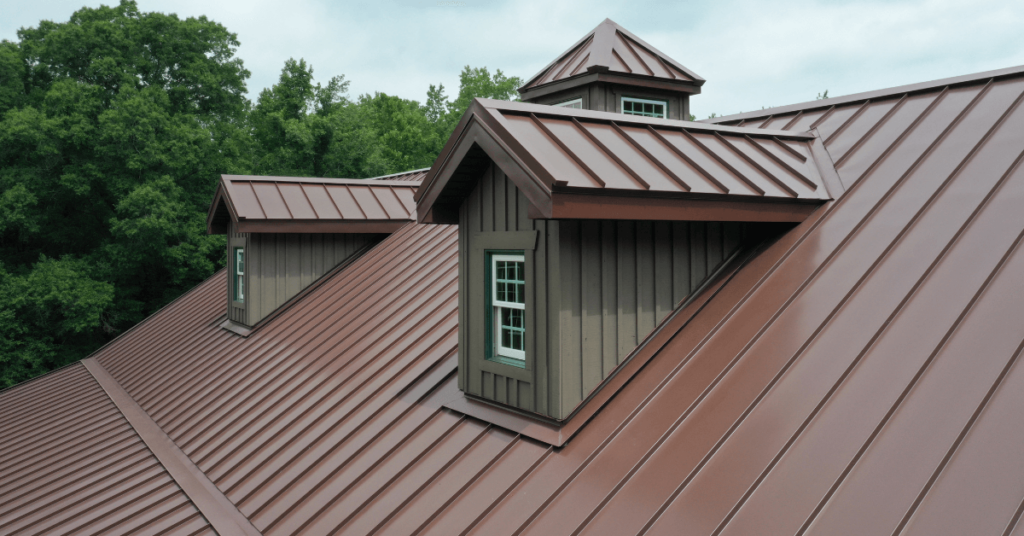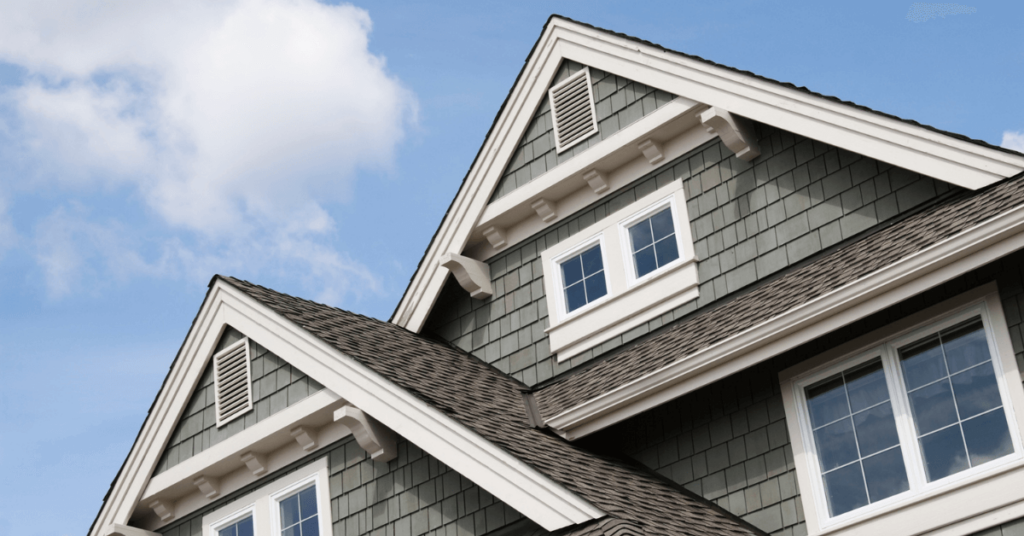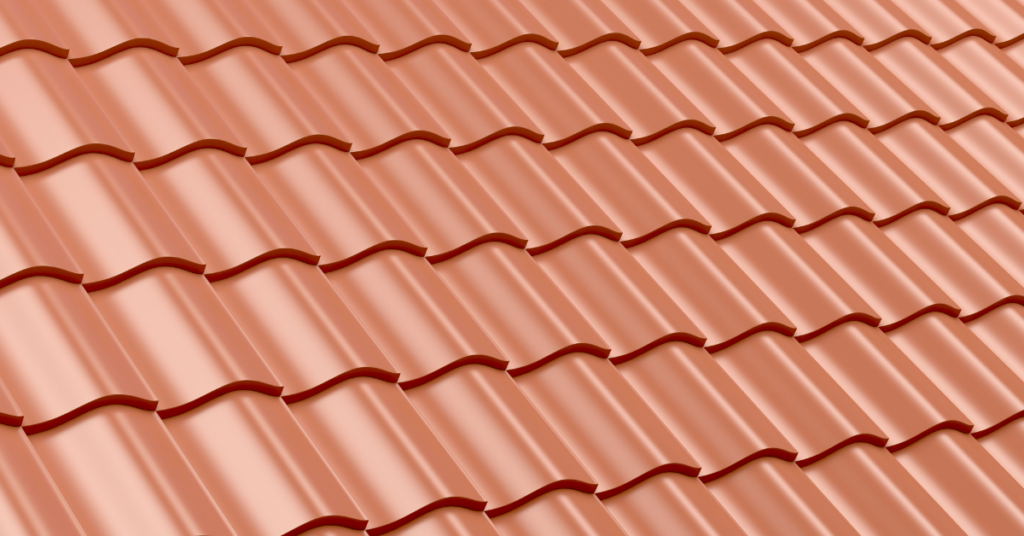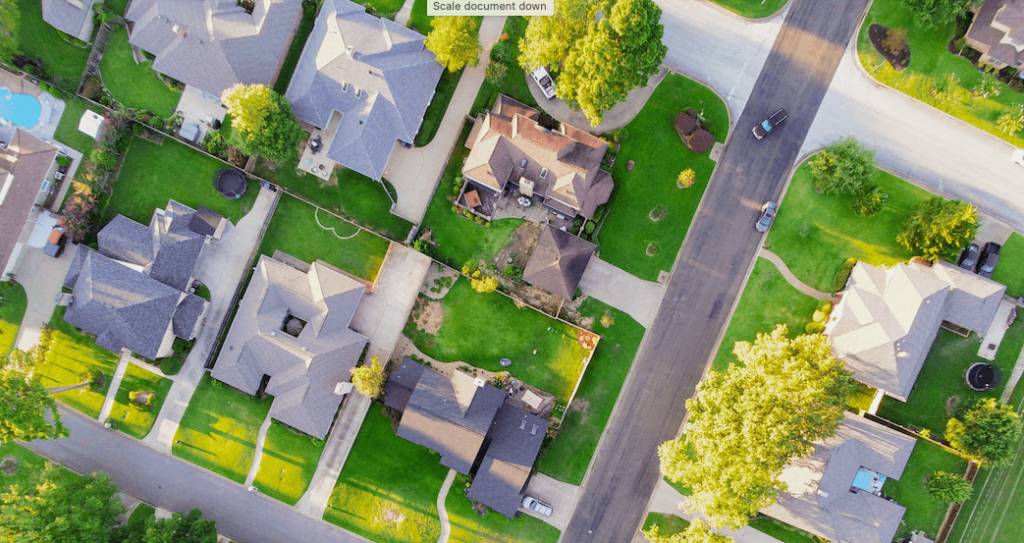December 21, 2023 in Roofing
Roofing Trends Shaping 2024 and Beyond
As the years roll by, roofing trends are continuously changing, reflecting architectural preferences and advancing technology. Let’s dig a little deeper and explore the latest options.
Sustainability in Roofing Design
As 2024 draws near, homeowners and builders are placing sustainability high on their priority lists. There’s a growing preference for eco-friendly materials. Green roofing technologies, such as vegetative roofs and solar reflective shingles, are becoming increasingly popular. Not only do these options contribute to environmental conservation, but they also provide long-term cost savings by lowering energy usage.
New Roofing Technology
Smart roofing systems are bringing together a blend of innovation and functionality. They use sensors and automated features to detect leaks, damage, and other issues. This gives homeowners the ability to quickly address them before there’s further damage.
Smart roofing can also integrate with home automation systems, allowing for remote monitoring. At the same time, the integration of solar panels and energy-efficient technologies with roofing structures is rising. This can help homeowners save money by reducing electricity bills while promoting a more sustainable and energy-conscious lifestyle.
Aesthetic Trends
A little bit of color and modern designs characterize the aesthetic trends that are expected to continue in 2024. Today’s homeowners are using vibrant colors such as bold red, or a bright shade of blue for roofing materials. They’re embracing brightness, adding a touch of spirited energy to neighborhoods, and further elevating their homes’ curbside appeal.
Functional and Practical Innovations
More than a trend, durability and resilience are always paramount concerns in roofing design. Manufacturers are responding with improved materials capable of withstanding the test of time. Practical roofing options are designed to resist extreme weather conditions, providing homeowners with peace of mind during storms or in harsh climates. One especially eco-friendly choice some people are going with is a “green roof,” which uses vegetation and soil to make a living space on top of a building. Others prefer a solution that requires lower maintenance and is still cost-effective such as using cool roof membranes and panels with foam insulation to limit heat transfer. These types of options provide a balance of functionality and budget-conscious choices.
Conclusion
Whether you’re building a new home or considering upgrading your roof, these trends offer a glimpse into the technologically advanced, visually appealing, and sustainable roofing options. To learn more, get in touch with PJ’s Roofing!

